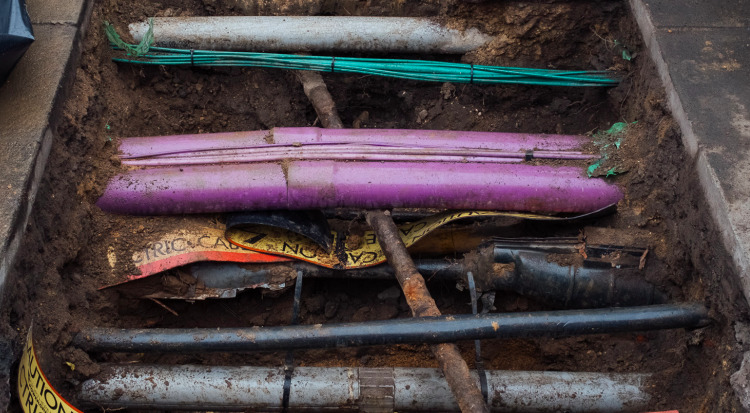
A £5.5m EU research project is investigating whether telecommunication fibre-optic cables can be turned into sensors to detect natural disasters.
It is hoped cables could be used to detect earthquakes and tsunamis, as well as help determine the condition of infrastructure.
The three-and-a-half year project to develop laser interrogation and signal processing technologies is based at Aston University in Birmingham.
The project, Engineering Combined Sensing and Telecommunications Architectures for Tectonic and Infrastructure Characterisation (Ecstatic), is funded by the Horizon Europe Research and Innovation Action (RIA).
Some 14 partner organisations from academic and non-academic sectors, across seven countries, are taking part.
The new technologies will be tested using fibre-optic networks including those underwater, in cities, and in railway infrastructure.
Professor David Webb, from the university’s Aston Institute of Photonic Technologies (AIPT) is leading the project.
He said: “There are more than five billion kilometres of installed data communications optical fibre cable, which provides an opportunity to create a globe-spanning network of fibre sensors, without laying any new fibres.
Smart structural monitoring
“These traverse the seas and oceans – where conventional sensors are practically non-existent – and major infrastructures, offering the potential for smart structural health monitoring.”
New digital signal processing is needed to overcome the limited data storage and processing capacities of the telecom networks to use the cables as sensors.
The Aston team is looking to solve this problem by using digital processing with artificial intelligence and machine learning. They need to reduce the complexity of the algorithm without compromising accurate real-time sensing.
Don’t miss out on BIM and digital construction news: sign up to receive the BIMplus newsletter.












